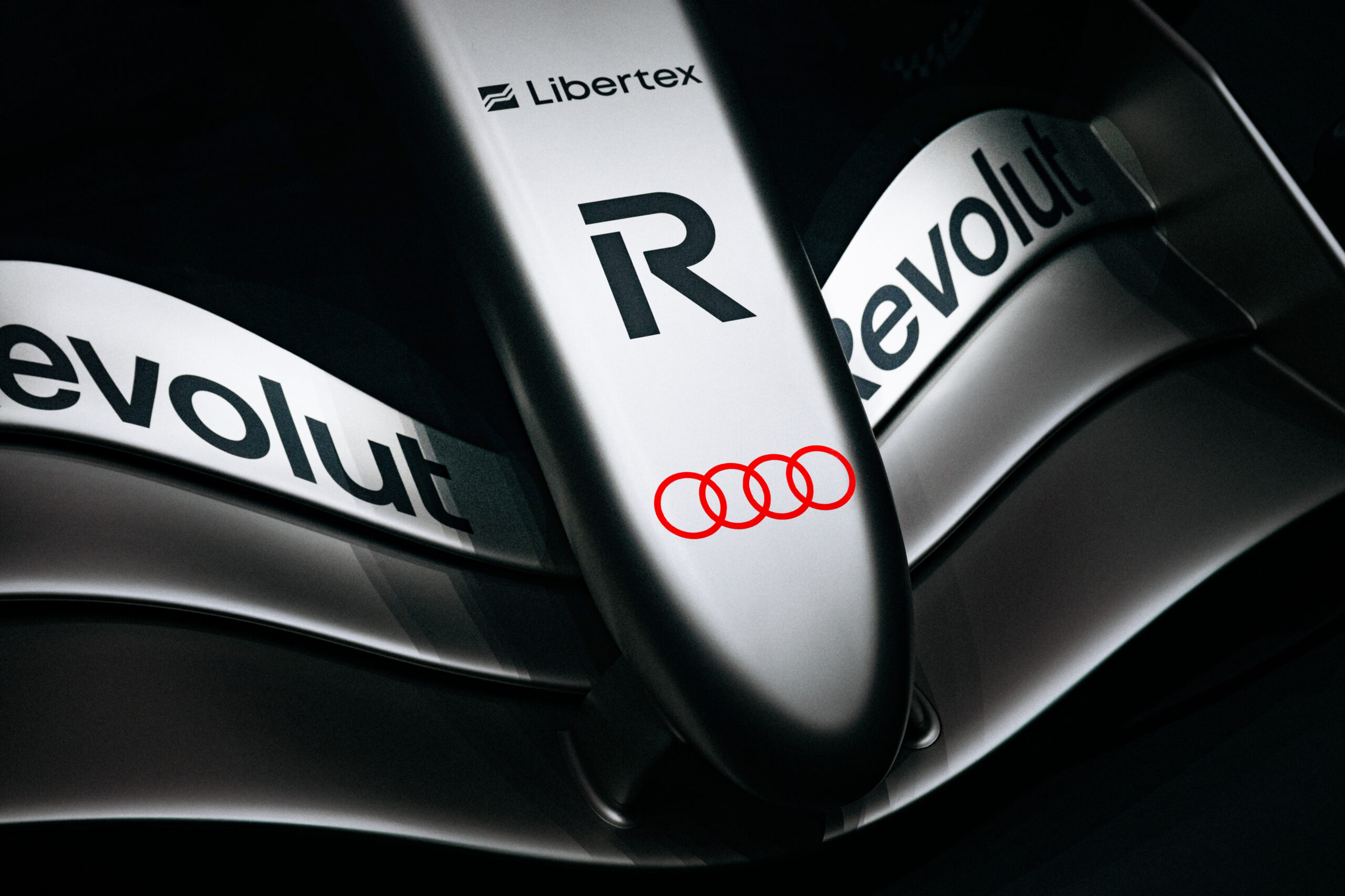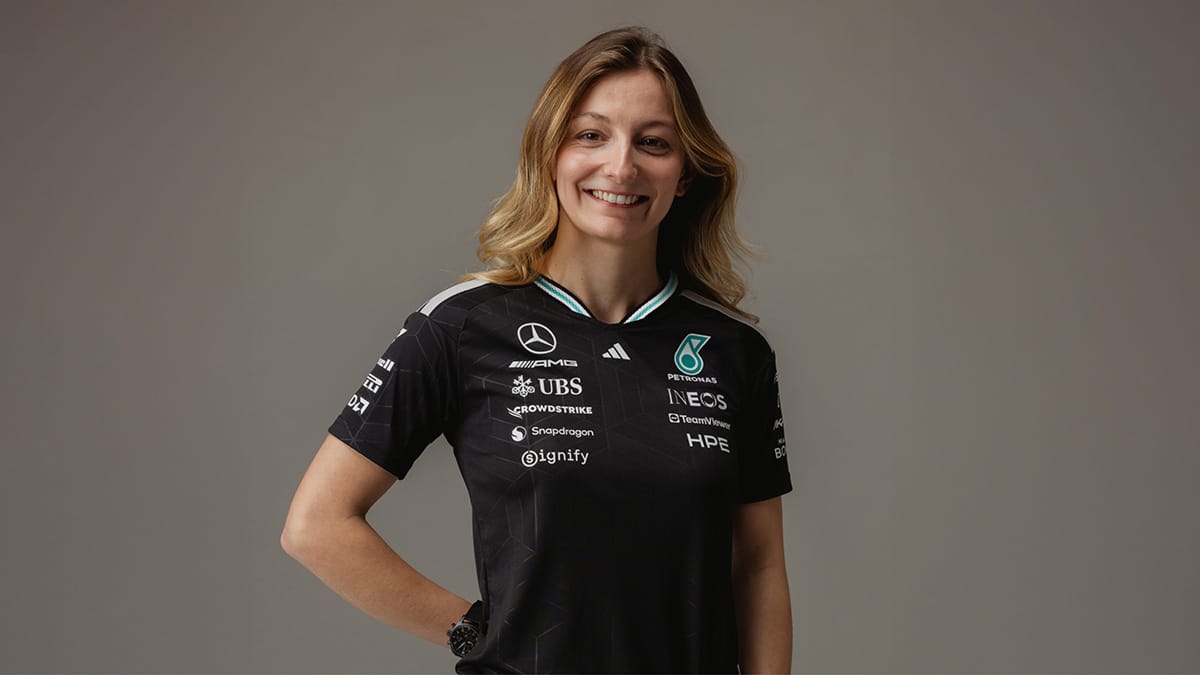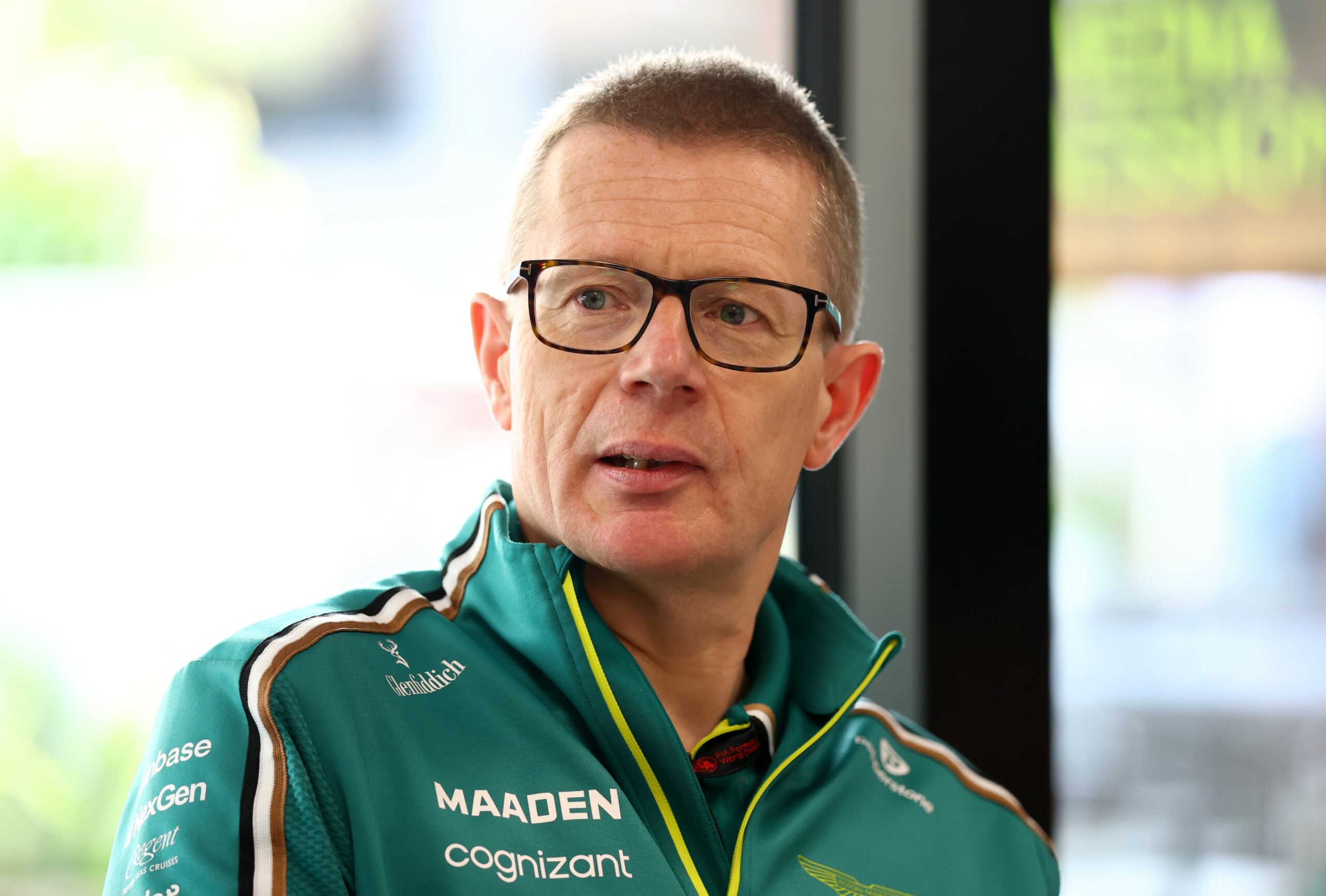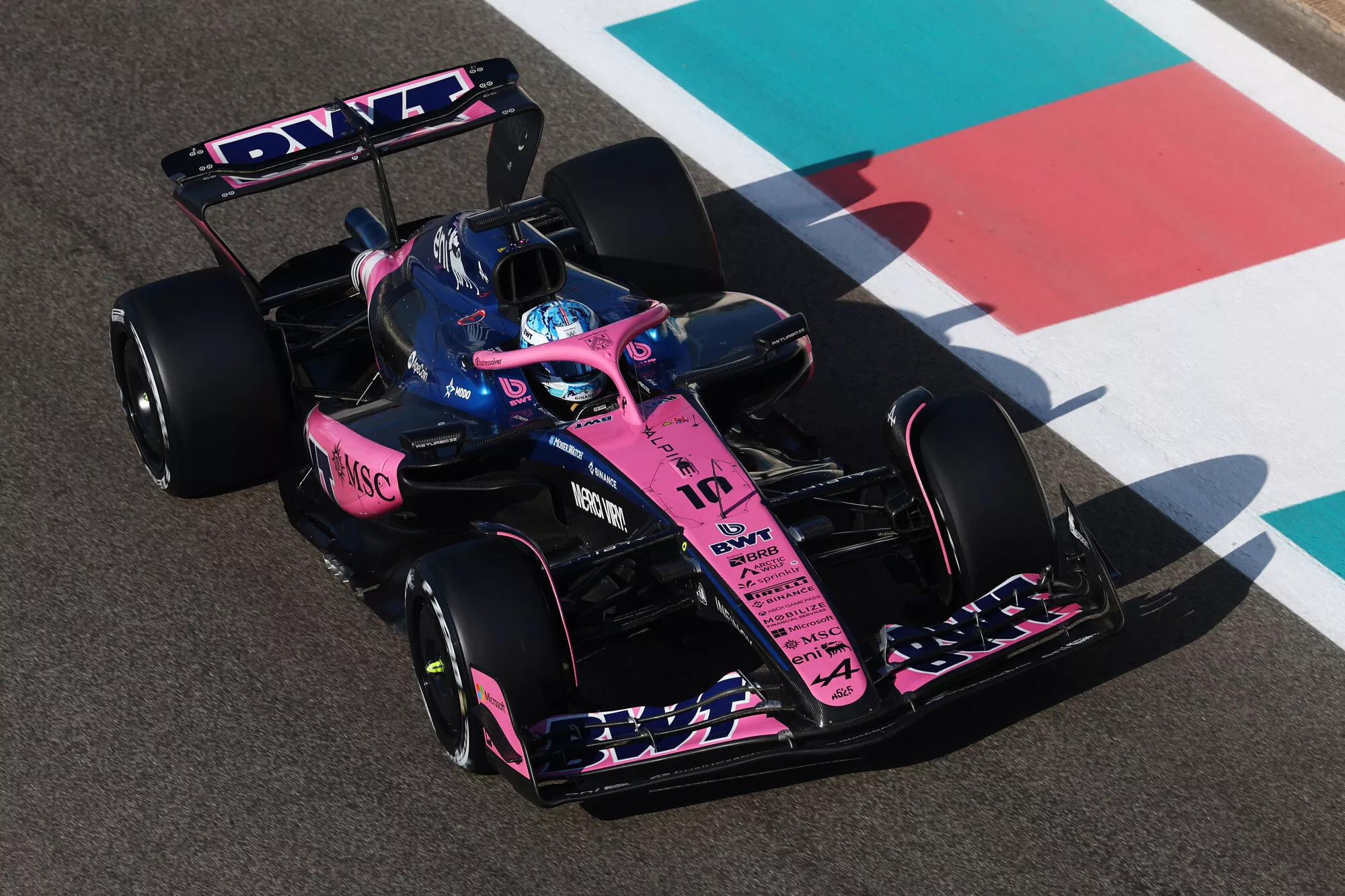
During the previous Grand Prix in Qatar a lot of drivers suffered from the heat and humidity, with Esteban Ocon throwing up in his helmet and Logan Sargeant retiring from exhaustion. This prompted the FIA to launch an investigation and to “take all reasonable measures to establish and communicate acceptable parameters in which competitions are held.”
Seven time World Champion Lewis Hamilton however disagrees, despite only racing for one turn in Losail as he hit teammate George Russell shortly after the start.
“I’m going to be controversial as always,” Hamilton started off his argument. “Obviously I didn’t do the race, so didn’t get to feel the pain that the drivers felt. But I have obviously been here a long time.
“Malaysia was much hotter than that race and I know what it’s like to lose four or more kilos in the race and barely being able to stand afterwards.
“My feeling towards it is… this is an extreme sport. You don’t have marathon runners who are passing out after the marathon, saying you have got to make it shorter.
“This is an extreme sport and we are paid very highly for what we do and from my perspective when I’ve not been feeling great at the end of the race, I’ve just got to train harder and that’s how it’s been for me.”
The Mercedes driver feels that the sport risks becoming to “soft” and easy, claiming that he likes the physical challenge that comes with driving Formula 1 cars in all sorts of conditions.
“I don’t personally want them to shorten the races and make it easier for us. I want it to be extreme,” he explained. “I want to feel the difference, I want to feel pain in my body, I want to be able to, hopefully with that extra bit of training that you put in or that extra bit of dedication that you have had, helps you get that extra lap and win that race. That’s what this is about.
“We have got to be careful how we move with changes. We have got track limits and all these big runoff areas. Back in the Senna days, you go over the kerb, it’s grass and you pay the penalty. It’s like, ‘let’s not get too soft!’
“Of course, if I was in the race, I would have struggled to get out afterwards also. But, I love that. That makes it closer to what it was back in the day, where Mansell was passing out after a race – this is extreme and we are supposed to be elite athletes and to be elite, you need to be pushing to the limit.”
Former teammate Fernando Alonso was more concerned of the conditions, but wouldn’t want to blame anyone.
“I think the conditions were a little bit too extreme to race, but obviously no one could anticipate it, probably. Saturday was not as bad, humidity was much higher on Sunday and the temperature as well. So that was maybe a little bit of a surprise.
“We need to learn from this episode. I think we were just, as I said, too on-the-limit for the physical aspect of the drivers.”
Having experience in the World Endurance Championship he proposed some measures that are taken in that series.
“In WEC, for example, there is a sensor in the cockpit that the temperature inside cannot be two degrees more than the outside temperature,” Alonso explained. “If you are above that temperature, you have to stop. The FIA tells you to stop. So those kind of things, I think maybe in Formula 1 it has to be implemented somehow and has to be discussed about something that there is a limit and probably Qatar was over the limit.
“There is some kind of air conditioning and I think there has been work behind those regulations to make sure that there were not electrical boxes in the cockpit and things like that just to make sure that you are within the regulations on the temperature. I think Formula 1 that is the least of the priorities. Maybe in Qatar we found an episode that we want to improve.”
The Spaniard feels their fireproof overalls, which have been improved since Romain Grosjean’s crash in Bahrain 2020, added to the toughness of this race.
“The racing overalls, the fireproofs underneath, etcetera, are very thick right now to be within the regulations after the Grosjean crash, obviously,” he said. “So it is a difficult topic, because you need to have very safe equipment for fire in case it happens.
“But that equipment, in some conditions, in some races, it’s just not evaporating the heat. It just stays with you for the whole race. So the body cannot perform at this normal level.
“They are different. I think it has been from last year or this year. The regulations are just much tougher for the companies to pass the fire test and now they are thicker. But as I said, they are safer. So it’s about where you put the the right balance.”
A suggestion by the Aston Martin driver is to take extra precautions in races that are more susceptible to extreme heat, knowing that driver cooling is at the bottom of the priority list in Formula 1.
“The priority in Formula 1 is just to put all the boxes and all these things into the cockpit because like this you can tighten the bodywork and you make priority for aerodynamics, which is obviously good. But in some cases – rare cases, maybe Singapore, Miami, Qatar – that is something that maybe we need to [do] better.”





